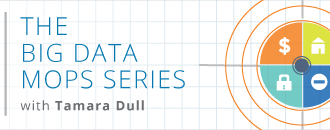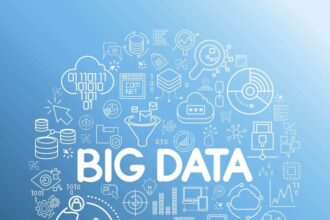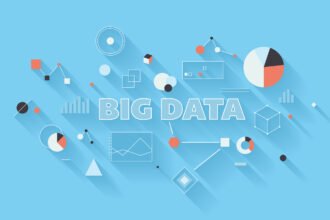In an excellent Barron’s article from earlier this year titled “It’s Not the Earnings, It’s ‘The Metrics’ That Really Matter,” Tiernan Ray writes:
“The Metrics are those details of an earnings announcement that defy traditional headline news, the sort of stuff buried a paragraph or two down in the press release, below the revenue and earnings numbers, that can be scanned by non-human eyes before it can be fully absorbed by the human mind.”
In an excellent Barron’s article from earlier this year titled “It’s Not the Earnings, It’s ‘The Metrics’ That Really Matter,” Tiernan Ray writes:
“The Metrics are those details of an earnings announcement that defy traditional headline news, the sort of stuff buried a paragraph or two down in the press release, below the revenue and earnings numbers, that can be scanned by non-human eyes before it can be fully absorbed by the human mind.”
The prime example, he writes, was Twitter’s fourth-quarter 2013 earnings report. Twitter beat Wall Street’s expectations and projected higher revenue for this year. Then its stock tanked 24%.
Why? This metric:
1. ‘Active’ users were lower than expectations.
LinkedIn provided another example. It too announced earnings in Q4 2013 that beat expectations, but beneath the revenue numbers were these unsatisfying metrics:
1. Unique visitors declined.
2. Page views were down.
In social, metrics such as user growth and engagement are what matters, equally or more so than revenue results. Look at Yelp. Its shares recently rose in spite of profit estimates being cut. Why? You got it, improving “metrics.” In Yelp’s case, the number of “Active” businesses on the service rose faster than the prior quarter.
These stories provide insights into the metrics that will soon be top of mind for marketing departments, and they have to do with the value of your network on social. The metrics used to value your network will matter because there is a direct monetary value in your social network.
If you’re an “influencer,” the value of your network matters because it impacts your billable rates and advertising prices.
If you’re an analyst it matters because it’s a sign of authority, credibility and influence—things buyers expect from analysts.
And if you’re a vendor it matters because the more relevant (e.g., targeted) and “active” your network, the more likely you are to have higher engagement from that network — and this impacts revenue.
Have you been buying Twitter followers or Facebook likes? Sorry, bad idea as this viral Facebook Fraud video explains. Network size, if not made up of the right people, hurts you. Size isn’t as important as metrics such as audience demographics and engagement. Soon, this will be painfully obvious to you, your competitors and the marketplace.
Let’s say your HR technology company just hired an agency to increase the size of your social network. Things are looking good. Your Twitter network has grown to 225,000 followers, the aggregate follower count for your Followers is over 500 million and in a typical month you’re getting hundreds of retweets, mentions and favorites. What if you knew that:
- 60% of your followers are inactive (haven’t tweeted in two-plus months)
- 10% are bots (not managed by a human)
- 10% are not relevant (have nothing to do with your industry)
OK — maybe that’s not so bad. At least 45,000 are targeted and they seem to be engaged with you. But are they? Of the 20% that are active and relevant, what if only 10% meet your desired geographic location, job title and company size? And of this group, what if less than 1% have ever actively engaged with any of your social updates or content? And of this 1%, what if their aggregate follower count is under 50,000?
How are you feeling now?
What if you had this information for not only your brand, but also for your competition and the influencers and analysts you’re thinking of hiring or inviting to your next analysts day? What if you had the names and contact info for people engaging with your competitors but not you? Or detailed metrics for your share of voice versus your competition and what content gets the most social engagement for you and your competition (and by whom)?
In a few weeks HRmarketer will be introducing a business and competitive intelligence suite in our HRmarketer Insight software that will provide this information and a whole lot more. We’re excited because it will begin to remove the subjectivity of “influence” and bring a more accurate, scientific and disciplined approach to your content and social marketing. You can use these new metrics to measure the value of and grow your online brand — and the effectiveness of the people or agencies you’re hiring to grow your brand.
And those are “The Metrics” That Really Matter.
![]()










